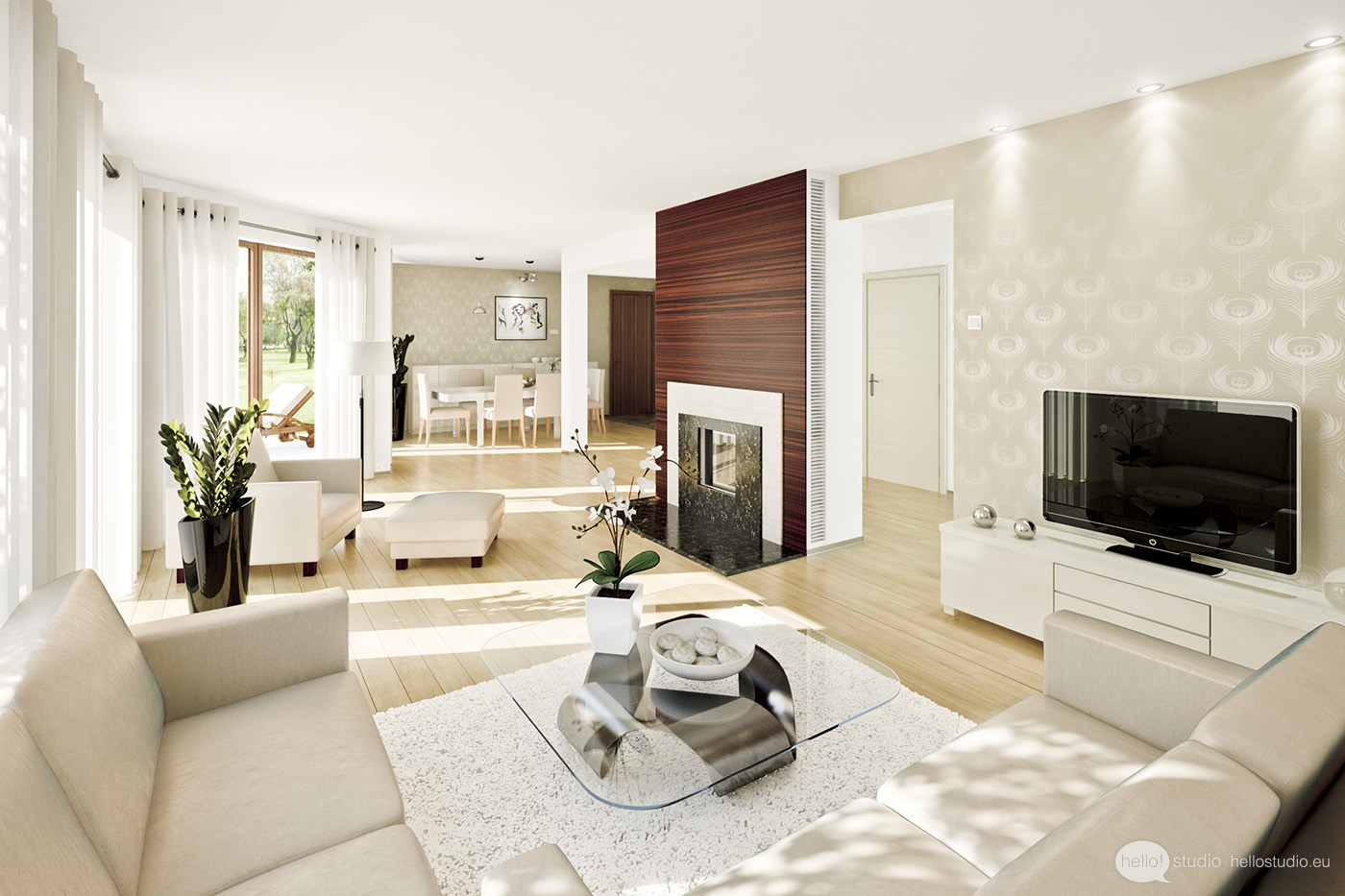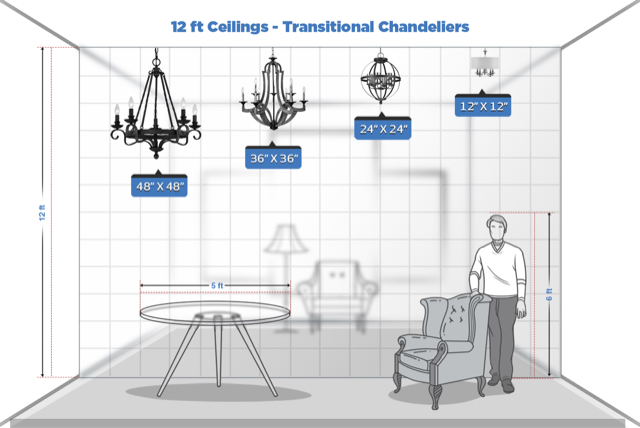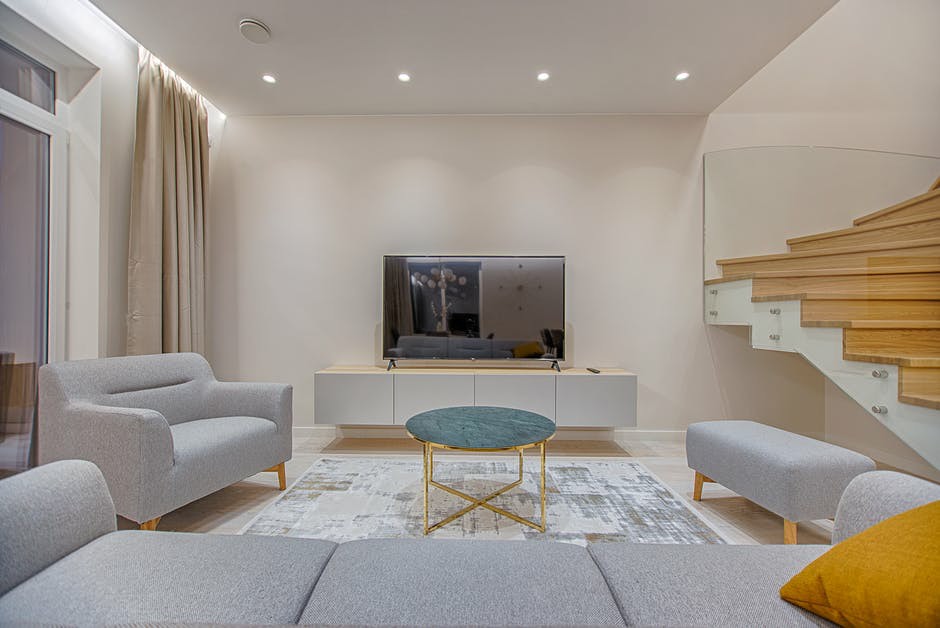Living Room Size Guide: How to Measure and Decorate Your Space
When it comes to designing your living room, one of the most important factors to consider is size. A living room that is too small can feel cramped and uncomfortable, while a living room that is too large can feel empty and uninviting. So how do you determine the ideal size for your living room? In this guide, we will walk you through the process of measuring and decorating your living room to ensure that it is the perfect size for your home.
The Ideal Living Room Size for Every Type of Home
The ideal living room size can vary depending on the type of home you have. For example, if you live in a small apartment, your living room may only be a few hundred square feet. On the other hand, if you have a spacious single-family home, your living room may be over 500 square feet. Regardless of the size of your home, there are some general guidelines you can follow when determining the ideal living room size.
For a small apartment, the ideal living room size is typically around 200-300 square feet. This allows for enough space to comfortably fit a couch, coffee table, and TV without feeling cramped. If you have a larger home, you may want to aim for a living room size of 400-500 square feet. This will give you plenty of room to add additional seating, such as armchairs or a sectional sofa, and create a more spacious and inviting atmosphere.
How to Determine the Perfect Size for Your Living Room
So how do you determine the perfect size for your living room? The first step is to measure the dimensions of your living room. Use a tape measure to measure the length and width of the room, and then multiply the two numbers together to get the square footage. If your living room is an irregular shape, you can break it down into smaller sections and measure each section separately, then add the totals together.
Once you have the square footage of your living room, you can use it as a guide to determine the ideal furniture layout and size. For example, if your living room is 300 square feet, you may want to aim for a couch that is around 6 feet in length and a coffee table that is around 3 feet in length. This will leave enough space for traffic flow and other pieces of furniture.
Tips for Choosing the Right Size Furniture for Your Living Room
When it comes to choosing the right size furniture for your living room, there are a few tips to keep in mind. First, consider the proportions of the room. If your living room is long and narrow, you may want to opt for a smaller couch and place it against a longer wall. If your living room is more square-shaped, you may want to choose a larger sectional or L-shaped sofa to fill the space.
Another tip is to consider the scale of the furniture in relation to the size of the room. If you have a smaller living room, avoid oversized furniture that will make the space feel crowded. Instead, opt for furniture with clean lines and a streamlined design. In a larger living room, you can get away with larger pieces of furniture, but be sure to leave enough space for traffic flow and a comfortable seating arrangement.
The Importance of Size and Proportion in Living Room Design
When it comes to designing your living room, size and proportion are crucial factors to consider. A room that is too cluttered with oversized furniture can feel overwhelming, while a room with too much empty space can feel cold and unwelcoming. Finding the right balance between size and proportion is key to creating a comfortable and visually appealing living room.
In addition to furniture, you also want to consider the size and proportion of other elements in the room, such as artwork, lighting fixtures, and decor. For example, in a smaller living room, a large piece of artwork can make the space feel even more cramped. Instead, opt for smaller pieces that can be arranged in a gallery wall or scattered throughout the room.
Creating the Perfect Living Room Layout: Size and Spacing Considerations
Once you have determined the ideal size for your living room, it's time to think about the layout. The way you arrange your furniture can have a significant impact on the look and feel of the room. When considering the layout, be sure to leave enough space between furniture pieces for traffic flow and ease of movement.
For example, in a smaller living room, you may want to place the couch against a wall and add a couple of armchairs on the opposite side. This will create a cozy seating area without overcrowding the room. In a larger living room, you can experiment with different furniture arrangements, such as creating multiple seating areas or adding a reading nook in a corner.
How to Make a Small Living Room Feel Larger
If you have a small living room, you may be wondering how to make it feel larger. One trick is to use light colors on the walls and furniture, as they reflect light and create a sense of openness. You can also strategically place mirrors around the room to reflect light and create the illusion of more space.
Another tip is to choose furniture with legs, rather than pieces that sit directly on the floor. This will create the illusion of more space and make the room feel less crowded. Finally, be mindful of clutter and only keep essential pieces of furniture and decor in the room.
The Ideal Living Room Size for Entertaining Guests
If you love to entertain guests in your living room, you may want to consider a larger living room size. This will allow for more seating options and create a more comfortable and inviting atmosphere for your guests. However, you also want to ensure that there is enough space for people to move around and mingle comfortably.
When planning your living room layout for entertaining, consider creating smaller, more intimate seating areas rather than one large seating area. This will allow for more conversation and interaction among guests. You can also add additional seating options, such as ottomans or poufs, that can be easily moved around as needed.
Finding the Right Balance: Size and Function in Your Living Room
As you design and decorate your living room, it's essential to find the right balance between size and function. A living room should be both practical and visually appealing. This means choosing furniture that not only fits the size and proportions of the room but also serves a functional purpose.
For example, if you have a small living room, you may want to opt for a coffee table with hidden storage or a couch with a pull-out bed for extra sleeping space. In a larger living room, you can add additional functional pieces, such as a bar cart or a bookshelf, to make the room more versatile and useful.
Maximizing Space: Creative Ideas for Small Living Rooms
If you have a small living room, it's essential to get creative with your space to make the most of it. Some ideas for maximizing space in a small living room include using multi-functional furniture, such as a storage ottoman or a wall-mounted TV, to free up floor space. You can also use vertical space by adding shelves or hanging plants to add visual interest and storage.
Another creative idea is to use furniture that can be easily rearranged or folded away when not in use. This allows you to switch up the layout of your living room and make the most of your space depending on your needs.
In conclusion, the ideal living room size will vary for each person and home. By measuring your space, considering the proportions and function of your living room, and getting creative with your design, you can create a stylish and comfortable living room that is the perfect size for your home.
The Importance of the Ideal Size for Your Living Room

Creating a Comfortable and Functional Space
 As the heart of the home, the living room is a space where families gather to relax, entertain, and spend quality time together. It is a reflection of your personal style and serves as a welcoming area for guests. Therefore, it is crucial to consider the
ideal size
of your living room when designing your house.
Functionality
is a key aspect to keep in mind when determining the size of your living room. It should be spacious enough to accommodate your family and guests comfortably, without feeling cramped or cluttered. A
well-sized living room
allows for easy movement and circulation, making it a more functional space.
As the heart of the home, the living room is a space where families gather to relax, entertain, and spend quality time together. It is a reflection of your personal style and serves as a welcoming area for guests. Therefore, it is crucial to consider the
ideal size
of your living room when designing your house.
Functionality
is a key aspect to keep in mind when determining the size of your living room. It should be spacious enough to accommodate your family and guests comfortably, without feeling cramped or cluttered. A
well-sized living room
allows for easy movement and circulation, making it a more functional space.
Creating a Sense of Balance
 The size of your living room also plays a crucial role in creating a
sense of balance
and proportion in your house design. A
small living room
in a large house can feel insignificant and out of place, while a
large living room
in a small house can feel overwhelming. It is essential to find the right balance to create a harmonious flow throughout your home.
The size of your living room also plays a crucial role in creating a
sense of balance
and proportion in your house design. A
small living room
in a large house can feel insignificant and out of place, while a
large living room
in a small house can feel overwhelming. It is essential to find the right balance to create a harmonious flow throughout your home.
The Impact on Design and Décor
 The size of your living room also affects the
design and décor
of the space. A
large living room
allows for more options in furniture placement and can accommodate larger pieces, such as a sectional sofa or a statement piece of artwork. On the other hand, a
small living room
may require more careful planning and strategic use of space to ensure functionality and aesthetic appeal.
The size of your living room also affects the
design and décor
of the space. A
large living room
allows for more options in furniture placement and can accommodate larger pieces, such as a sectional sofa or a statement piece of artwork. On the other hand, a
small living room
may require more careful planning and strategic use of space to ensure functionality and aesthetic appeal.
Making the Most of Your Space
 An
ideal sized living room
allows you to make the most of your space. It provides enough room for essential furniture pieces while leaving enough open space for easy movement and flow. It also allows for the addition of
functional elements
such as a bookshelf or a cozy reading nook, without sacrificing the overall design of the room.
In conclusion, the
ideal size
of your living room is crucial in creating a comfortable, functional, and visually appealing space. It sets the tone for your house design and plays a significant role in the overall functionality and flow of your home. Consider the size of your living room carefully when designing your house to create a space that is both beautiful and practical.
An
ideal sized living room
allows you to make the most of your space. It provides enough room for essential furniture pieces while leaving enough open space for easy movement and flow. It also allows for the addition of
functional elements
such as a bookshelf or a cozy reading nook, without sacrificing the overall design of the room.
In conclusion, the
ideal size
of your living room is crucial in creating a comfortable, functional, and visually appealing space. It sets the tone for your house design and plays a significant role in the overall functionality and flow of your home. Consider the size of your living room carefully when designing your house to create a space that is both beautiful and practical.








:max_bytes(150000):strip_icc()/living-room-area-rugs-1977221-e10e92b074244eb38400fecb3a77516c.png)














































:max_bytes(150000):strip_icc()/Chuck-Schmidt-Getty-Images-56a5ae785f9b58b7d0ddfaf8.jpg)















































